Interview with Chris Anderson, 3DR
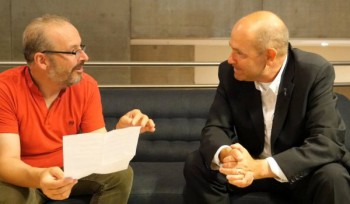 FB : What are you going to do with those informations?
FB : What are you going to do with those informations?
CA : What we want to achieve is to send simple data back: red, yellow or green. Red means no, you can’t fly. Green means fine, you can fly, stay under 400 feet and visual line of sight. Yellow is when there’s more information you need to fly. Maybe you’re a bit close to an airport and you need to pay attention to that even though you’re allowed to fly. Or maybe somebody in this area has specifically asked for drones not to fly. As a manufacturer, we can stop you from flying when the Cloud says red, and we will. No flying over nuclear power plants anymore. There are certain situations where it may be unclear. Is it allowed to fly in the suburbs of a town? In a park? The answer is in the Cloud, we’ll use that collective information knowledge to help people fly responsibly.
FB : Will you be doing that alone?
CA : It’s not just us, but also the industry. So we and DJI, Parrot, Google, Amazon, started the Small UAV Coalition. We as the industry are setting the standards and we’re going to work with third-party companies in the Cloud. We as manufacturers send the 4 data points out, and the Cloud sends data back.
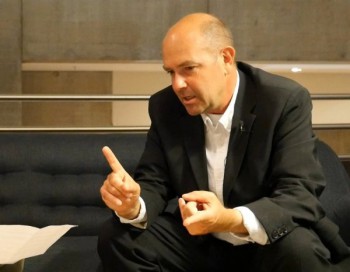 FB : Will you be working with administrations?
FB : Will you be working with administrations?
CA : Yes. Take the who? data. At the moment, we only have little information on our customers. But over time, governments may be requiring some sort of certification. If so, we’ll cooperate with them. You know, the industry has a philosophy: we can’t wait for laws. Laws are too slow, and it’s bad for us. We know our vehicles can do stupid things. So we need to get ahead of regulations around the world. The main object is safe and responsible flights.
FB : But administrations will say they are the law, not you…
CA : Actually the governments right now encourage us to do industry led regulations!
FB : Aerial video and photography is not permitted if it’s used commercially in France unless you’re a professional operator. What do you think about that?
CA : That’s true in many countries, including the USA. The distinction between consumer and commercial is very selective. In some places, my children can fly drones, but trained professional can’t. Why is that? And the answer is that it’s easier to regulate companies than it is to regulate children! But that’s not sensible. Around the world, people are starting to lower the barriers to commercial use. In the USA, you need a pilot certificate, and what’s called the Section 333 Exemption. Very soon, as the government said, you’ll only need what will basically be a pilot license via online tests, and no other certification at all! 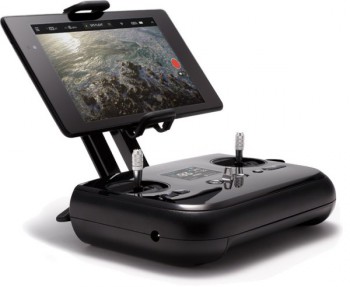 That’s much better. What we’re seeing is that commercial use is a good thing, but we want to make sure there’s some knowledge of what responsible use means. And companies need to set up processes to train their operators.
That’s much better. What we’re seeing is that commercial use is a good thing, but we want to make sure there’s some knowledge of what responsible use means. And companies need to set up processes to train their operators.
FB : According to you, what will be leading the sales? RTF devices like Phantom 3 from DJI o devices?
CA : I think I’m going to surprise you. We have an iOS and an Android phone on the table here. One is closed, the other is open, but nobody cares as long as they are good phones. They have to be attractive, they have to offer competitive power features, etc. The most important things? Is it a great product, is it easy to use, is it functional, is it beautiful? And DJI did a great job! First of all, Solo had to be a better consumer product than the Phantom. Check, got it. Only after it’s a better consumer product, then people say “Well, ok, I like it. What more can I do, is it open?” Then the answer is “Yes, it’s open”. So in other words, it’s a consumer experience before openness. Today Android has 84 % of the global market. Why? Because it’s open. And we think open platforms win, we think harnessing the power of the developer community, ecosystem, and other companies, wins, but starts with having a great product. I think DJI led the way, and I think Solo has finally caught up!
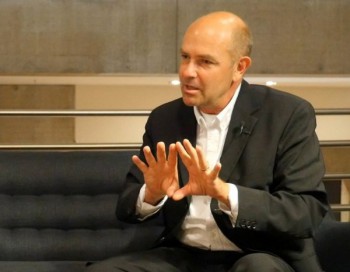 FB : What are the big trends in the multirotors industry? FPV racing is growing fast, are you interested?
FB : What are the big trends in the multirotors industry? FPV racing is growing fast, are you interested?
CA : I don’t know. That’s more on the hobby side. Most of our customers are not really pilots, they’re not doing it for fun, they’re doing it to get the job done. FPV is more for fun, it comes out of the RC hobby world. That said, I think we have some opportunities. We have HDMI high definition real time low latency video, we have an incredible amount of power computation onboard, we have the apps, we have the ability to do augmented reality, 3D and everything else. So you can imagine applications, maybe even games. Remember the Parrot AR.Drone, it was all about AR. It didn’t work, it was too early, but the idea was a good one. I think the computational power is now such that we can start to revisit some of these advanced functions involving, maybe not goggles exactly, but certainly apps that allow you to do some sort of combination of the virtual and the real.
FB : Can we expect to see that from 3Drobotics?
CA : You will definitely see advanced computer vision from us, we will definitely see smaller form factors. But I don’t think you’re going to see some radio-controlled products.
FB : What do you think of the software video stabilization achieved by Parrot on the Bebop device?
CA : It’s terrific! First of all, I love Parrot! I’ve known Henri [Seydoux] for ever, from before there was an AR.Drone, and he’s a good friend. I think the Bebop video stabilization is amazing!
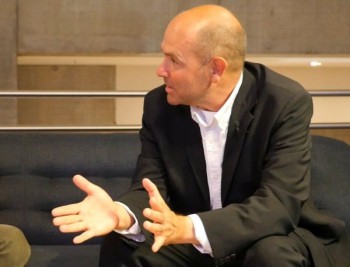 FB : Are you considering that for your products?
FB : Are you considering that for your products?
CA : You know, everybody is considering that! You can assume 3DR and DJI have very big image development software plans right now. It’s obvious. We have a lot of engineers working on it and so does DJI. That’s the future of video. Gimbals are amazing, but they are heavy, expensive. However, software stabilization is not as good as a gimbal. For some people it’s ok, and I love my Bebop. But if I want great videos, I take my Solo. Parrot always gets there first. But it took another 5 years for the AR.Drone to become more than a toy. I think the Bebop video stabilization is like that. It’s very advanced, but it’s going to take another year or two to become more than a proof of concept.
FB : Can we talk about the Dronecode project?
CA : Yes, of course. That’s something we’re doing with Parrot. It’s the collaboration of all companies outside of DJI who are working together on source code for drones. It’s many chinese manufacturers like Yuneec and Walkera, many are Kickstarter projects like the Hexo+, the Airdog. It’s many of the makers of chips like Intel and Qualcomm. It’s also storage providers like Box. We all realize that drone software became very complicated. Not everybody can make software for drones, we need to start joining forces. We all run Linux, so we are able to build on those open source projects. So Dronecode is the same thing as “Linux for drones”. On top of that, each company innovates by creating their own layers, apps or their own specials functions above and beyond the common drone code. So Dronecode is going to be the leading open source platform for drones. Well, it already is. Studies like what ETH [University of Zurich] does incorporates the PX4 project, the MAVlink project, the GroundStation project… All of these projects around the world, academic research, advanced drones and robotics, are coming together under Dronecode.
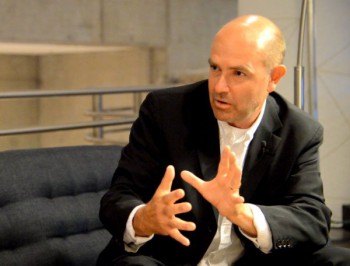 FB : What’s, according to you, is the best technology to come?
FB : What’s, according to you, is the best technology to come?
CA : The main thing is artificial intelligence. And computer vision. It’s kind of related. So I think you’re going to see a huge amount of computer vision works starting to come out from us, 3DR, and other companies in Dronecode. A lot of work has moved from academia to desktops, and those desktop programs are now running on the same processors we have in drones. As you probably saw, Qualcomm has invested in 3DR. The Qualcomm Snapdragon chip is a quadcore Linux beast. It has GPU, DSP, etc. This thing can run pretty serious computer vision stuff. So now all this computer vision software that already exist in universities are started to get used in our drones.
FB : Can you expect imagery to avoid collisions?
CA : We don’t actually say « collision avoidance ». That would require a 100 % success, and that’s too hard. So we say environmental awareness. Drones are becoming aware of their environments. They need to get an increasing awareness of static obstacles, dynamic obstacle, small obstacles, large obstacles. Some obstacles are more dangerous than others. That’s very hard to do, but we’re starting to get good enough at it. So you’ll see in our next generation of drones we’ll have Lidar, and radar, and sonar, and optical flow, and obviously all the regular sensors such as a barometer. We’ll bring Cloud knowledge, for example what Google already knows about the area. We’ll sort of combine this, then it will become as good as human, and eventually even better.
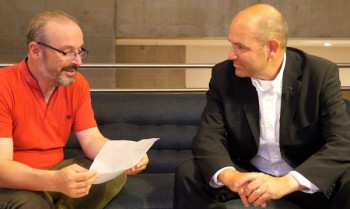 FB : What happens if there’s no Internet connection? Your drones will be grounded!
FB : What happens if there’s no Internet connection? Your drones will be grounded!
CA : No no, not grounded. You just need to be connected to the app. Actually this is not true, you can fly anyway without a phone, you still have a remote controller. You can fly without the app, but we very much discourage that. Because you won’t get any video for example. If you don’t have an Internet connection, then the drone won’t be able to check for safe flight. So we’ll probably limit you to a kind of very basic sphere. Maybe a 100 meters by a 100 meters. So you’ll be able to fly, but not as far and without some key functions.

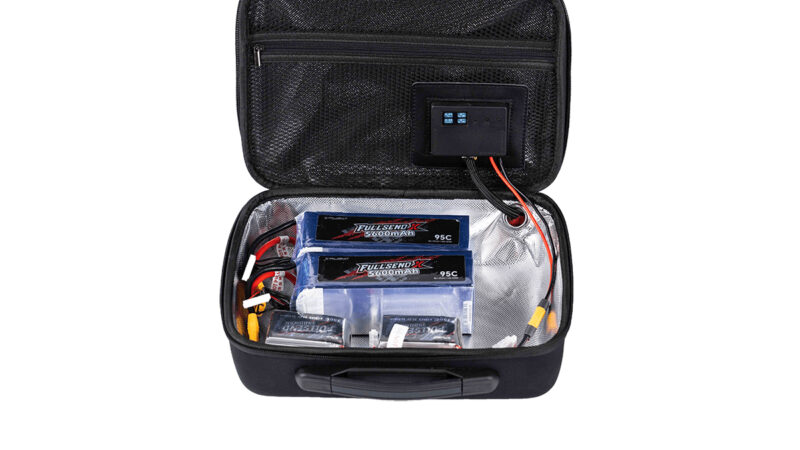
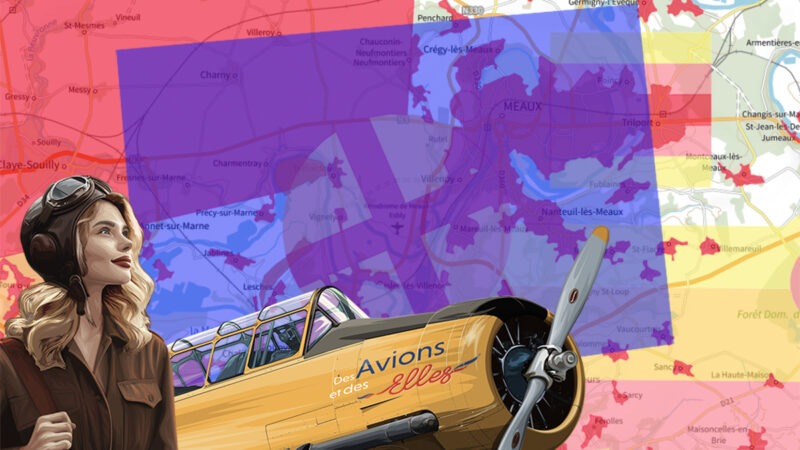

Merci pour l’interview.
On sent bien qu’ils ont bossés sur la fusion de données de capteurs..
Pour la vision, merci au GPU et au support de Qualcomm, et surtout à l’open-source.